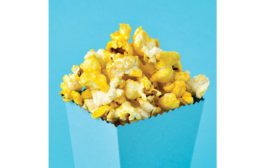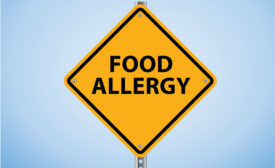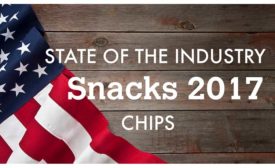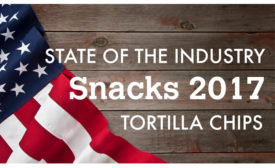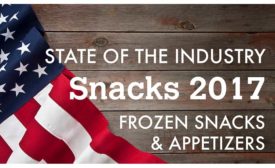Flavor Trends
State of the Industry 2017: Dynamics of the perfect snack
While today’s market continues to flex its creativity in line with core trends, classic sensory dynamics still prevail in the most-successful snacks.
July 19, 2017
State of the Industry 2017: Chips use innovative flavors and oils to build appeal
Bold flavors, clean ingredient decks and diverse oil use drive innovation in chips.
July 19, 2017
State of the Industry 2017: Tortilla and tostada chips crunch onward
Snack producers roll out bolder flavors and cleaner labels aimed at diverse sets of consumers.
July 18, 2017
State of the Industry 2017: Puffed and extruded snacks finds diversity in flavors and base ingredients
The strong puffed and extruded snacks segment diversifies through flavors and base ingredients.
July 18, 2017
State of the Industry 2017: Pretzels get a flavor makeover
Pretzels seek growth through diversification, often marrying better-for-you, clean-label attributes with indulgent flavors.
July 18, 2017
State of the Industry 2017: Popcorn offers more choices for consumers
The popcorn category continues to dazzle with flavor innovation and better-for-you options.
July 18, 2017
State of the Industry 2017: Frozen snacks and appetizers capitalize on innovations
The frozen snacks and appetizers market finds growth opportunities through targeted, on-trend innovations.
July 18, 2017
Keep the info flowing with our eNewsletters!
Get the latest industry updates tailored your way.
JOIN TODAY!Copyright ©2024. All Rights Reserved BNP Media.
Design, CMS, Hosting & Web Development :: ePublishing


